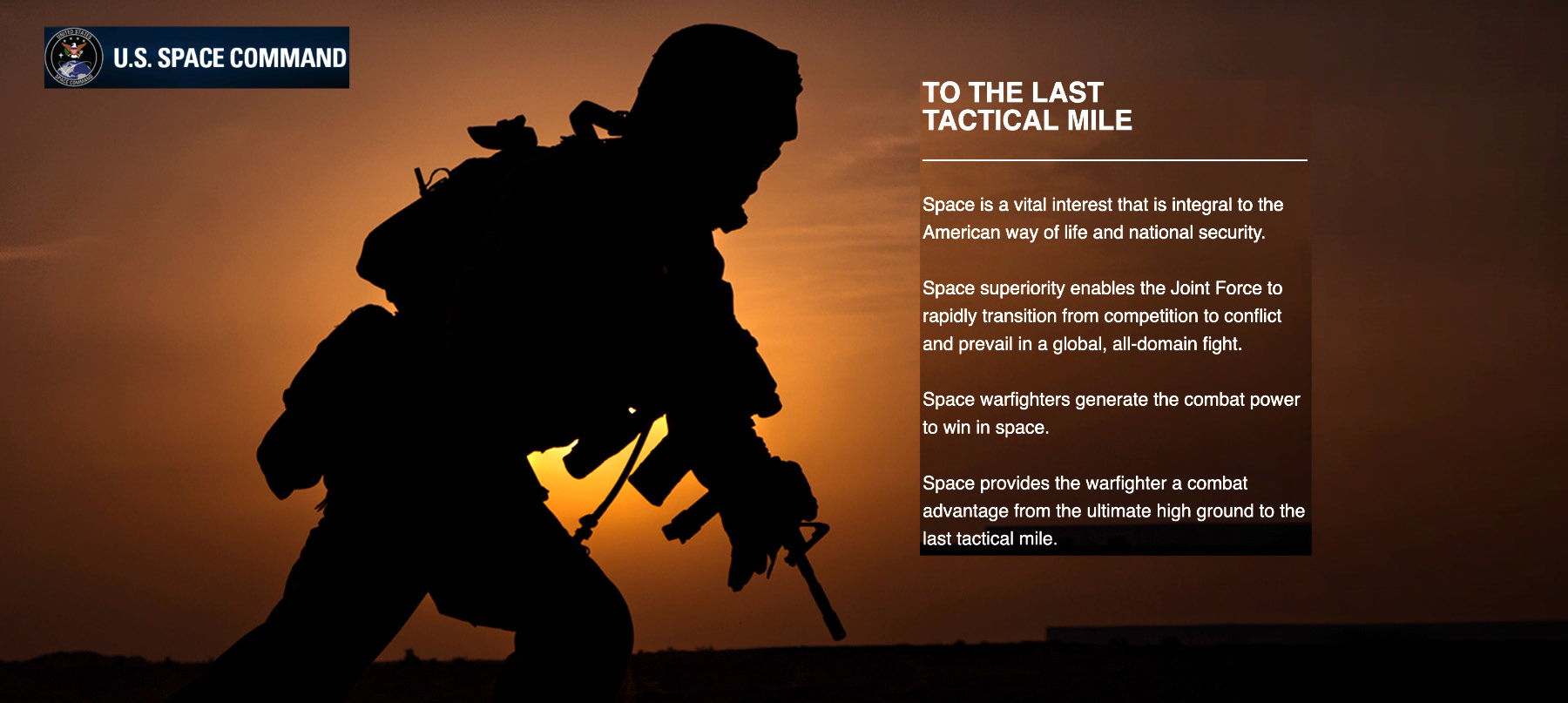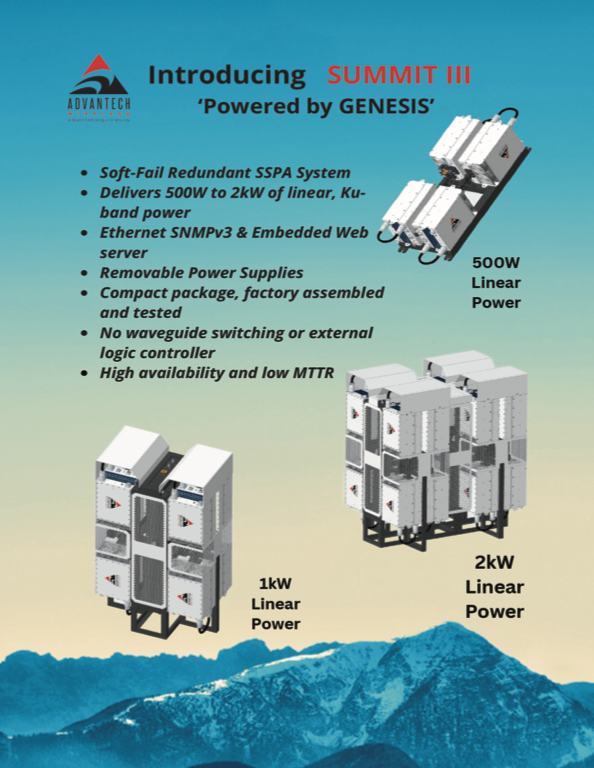General Dickinson examines the path to U.S. space superiority
Last November, General James H. Dickinson, Commander of the U.S. Space Command (SPACECOM), joined the Mitchell Institute for a special Schriever Spacepower forum dedicated to examining the current status of U.S. superiority and domain awareness in space.

During the event, Gen. Dickinson discussed what is required in order for the U.S. to gain and maintain space superiority, the distinction between space situational awareness and space domain awareness, and how the future transition of space traffic management to the U.S. Department of Commerce (DoC) will enhance the Department of Defense’s (DoD) deterrence and defense capabilities in the arena.
What Is Space Power?

General James H.
Dickinson
Gen. Dickinson started the forum by outlining the definition of space power. He explained, “Military space power exists to preserve freedom of, access to, and freedom of action in space.” According to Gen. Dickinson, these are the priorities of all joint and combined space forces in the U.S. military. And this freedom in the domain is only gained and maintained through space superiority, which is the primary objective of space warfare.
When space superiority is achieved, it means that freedom of action exists in the domain, while simultaneously denying dynamic freedom of action to the adversary. It is designed to give us a strategic, operational, and tactical advantage. Space superiority requires coordinated offensive and defensive operations... importantly, offensive and defensive operations are conducted across all three segments of the space architecture: ground, link, and space.”
Gen. Dickinson then touched on the fact that achieving and maintaining space superiority requires the presence and support from SPACECOM’s joint allies and partners in the domain.
“Our coalition approach affords us redundant capability and creates dilemmas for our adversaries,” he said. “In this way, space superiority is a critical component of integrated deterrence. Threats to U.S. and allied interests in space are substantial and — I think we can all agree — growing.”
He explained that U.S. adversaries are prepared and ready to contest the space domain.
Gen. Dickinson pointed to China and Russia as prime examples of near-peer competitors that are rapidly developing and demonstrating space and counterspace capabilities that can deny the U.S. and its’ allies the advantages derived from space.
“In response to the rapidly changing strategic environment, U.S. Space Command is leveraging today’s space power in new ways to achieve greater effects,” said Gen. Dickinson. “Because of the speed of competition with China and Russia, I cannot wait for new capabilities over the next five years. I’m looking for what is good enough today, that I can use right now.”
Situational Awareness Vs. Domain Awareness
Gen. Dickinson then pivoted to the recent memorandum of agreement (MoA) between the U.S. Departments of Commerce and Defense on space traffic management. This MoA is the first step in transitioning space situational awareness and traffic management missions from the DoD to the DoC.
As a result, SPACECOM will be able to focus its resources on enhanced space domain awareness for space superiority.
What exactly is the difference between space situational awareness (SSA) and space domain awareness (SDA)?
According to Gen. Dickinson, situational awareness in space is the high-level proliferation tracking of on-orbit satellites and other space assets. Domain awareness in space involves a more granular, strategic scrutiny of assets that are of interest to SPACECOM and the DoD.
“If I had to use an analogy, space situational awareness is a little bit like doing air traffic control,” said Gen. Dickinson. “Compare that to space domain awareness, that’s a couple of steps beyond that, in terms of being able to identify characteristics more closely, more accurately…and understanding the characterization of what’s happening on-orbit.”
Gen. Dickinson explained that in 2019, the DoD tracked nearly 25,000 pieces of debris objects on-orbit. These included old and defunct satellites, rocket bodies, etc. Today, there are about 48,000 pieces of debris.
“You can deduce very easily how complicated [space traffic] has become, how congested it has become. So we are open arms, welcoming, working hand-in-hand with Department of Commerce…on space traffic management.”

Commercial Partnerships Within SPACECOM
As Commander of SPACECOM, Gen. Dickinson is responsible for meeting capacity and capability challenges in order to deter and defeat any adversaries that pose the U.S. and its allies harm.
“And we don’t have the luxury to wait for capabilities…I think we all agree our strategic competitors are not waiting for that,” said Gen. Dickinson.
He then explained how critical commercial mission partners are to the DoD’s mission of deterring and defending space assets in the domain, hence why the DoD has two commercial integration cells: one at Vandenberg Space Force Base and one at Schriever Space Force Base.
At Vandenberg SFB, commercial entities have operations consoles that are side-by-side with military operators, exchanging information in near real-time. At Schriever SFB, there is a commercial operations cell that supports the Joint Task Force-Space Defense (JTF-SD), enabling it with real-time synergy and information exchange between owner-operators and tactical users.
“This information exchange ensures that our industry partners and our operators can rapidly and accurately respond to anomalies on-orbit, share valuable lessons, and improve our overall readiness,” said Gen. Dickinson.

To watch the Mitchell Institute’s entire discussion with Gen. Dickinson, select this direct link...

This article first appeared in Government Satellite Report and is republished with permission of GSR and SES Space & Defense.
Author David Presgraves is a Staff Writer for GovSat Report, in addition to several other online publications dedicated to defense, military, and federal government agency technologies.



